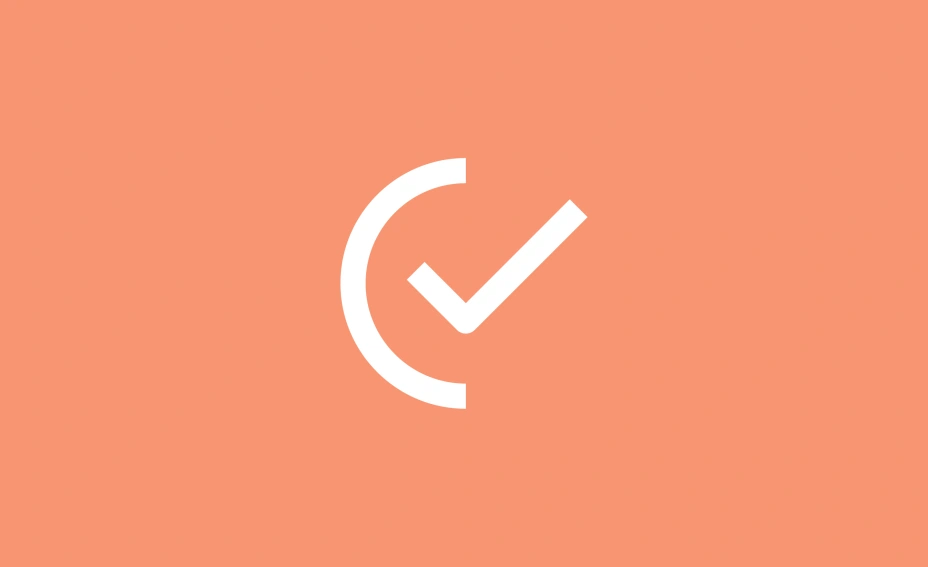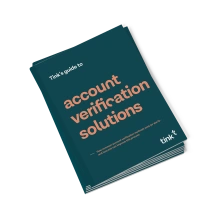What is account verification, and what is it good for?

In the world of financial services, account verification is a process that helps businesses verify ownership of bank accounts. This is usually done due to regulatory requirements, in some cases, or to help reduce risk of fraud or costly errors.
Account verification helps businesses verify validity and ownership of bank accounts.
This can be done due to regulatory requirements, or to help avoid errors – or fraud.
The benefits for people and businesses boils down to increased security, because it makes sure money is going to – or coming from – the right account.
Many businesses need to charge or send money to customers. To do that, they’ll often need their bank account information. In most cases, businesses have relied on customers to provide their account details. But people can make mistakes – or even try to commit fraud.
That’s where account verification comes in: to make sure that the provided account number is not only valid, but also belongs to the person (or business) claiming to own it. This benefits both sides in essentially the same way: by making sure the money will come to – or from – the right place.
What do people get out of account verification?
Let’s say you’re selling some second-hand items online, and need to connect your account information to make sure you get paid. But your account number has a long string of numbers – and you make a typo. The payment bounces, and you never get your money. It takes a while to figure it out and sort out the mistake. Annoying right?
But what if you lose out on a £193,000 inheritance because you got a digit mixed up? That’s not just annoying. It’s devastating. It’s a very small mistake that comes at a very high cost.
Account verification can protect you from these situations. It will help make sure your money goes to the right place.
What do businesses get out of account verification?
Whether it’s a regulatory requirement or not (some businesses might need to verify account ownership to comply with Anti-Money Laundering or Know Your Customer regulations), account verification can also protect businesses from gnarly situations.
It helps protect businesses from good old human error – eliminating headaches (and potentially costly admin work) in chasing down and cleaning up mistakes due to invalid bank accounts numbers, or wrong charges.
But more importantly, it also helps protect businesses from those with bad intentions – from people looking to stick their bill on someone else up to committing massive fraud. Which is not just potentially costly, but terribly damaging.
Verifying if a bank account is valid – and owned by the person claiming to own it – can help businesses operate more effectively, save time and money, and ensure everyone’s safety.
Account verification with open banking
Account verification can be done in many ways – but Tink’s Account Check product takes advantage of open banking to do it in a way that’s quicker, safer and more efficient than most.
If you’d like to learn more about how today’s most common account verification methods work, and how open banking can improve the process – check out our account verification guide.

Tink’s account verification guide
Most account verification methods used today can be a pain. They can also take days. But the thing is – they don’t have to!
More in Open banking

2024-07-22
1 min read
Commercialising open finance – a VCA report
Tink worked with Visa Consulting and Analytics on a new white paper which details the state of play, direction of travel, and best open finance practices from around the world.
Read more

2024-04-08
6 min read
How the Instant Payments Regulation will change the EU payments landscape
We explore the details of the Instant Payments Regulation, as well as its benefits for consumers and PSPs – such as increased convenience, more innovation in the market, and reduced costs.
Read more

2024-03-07
6 min read
Smart moves with smart meters: how commercial VRP could support pay-as-you-use billing models
Discover how variable recurring payments can transform smart meter billing into a more flexible user experience – and utility providers more ways to support financially vulnerable customers.
Read more
Get started with Tink
Contact our team to learn more about what we can help you build – or create an account to get started right away.
